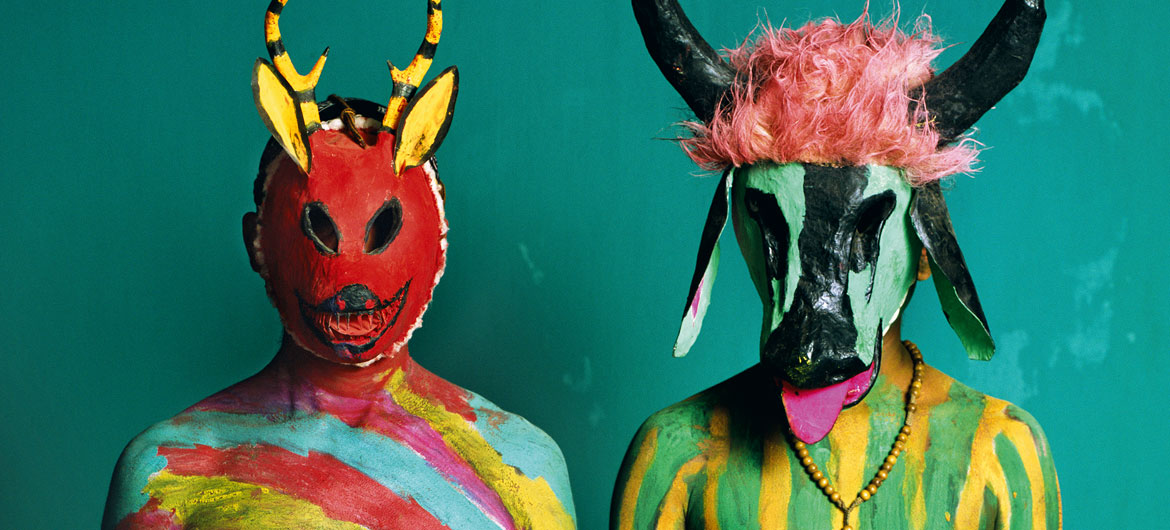Since the mid 1980s, New York photographer Phyllis Galembo has documented the masquerade traditions of festivals and carnivals in Africa and the Americas. Her new book “Mexico Masks | Rituals” (Radius Books/D.A.P.) offers vivid portraits of people costumed as Easter Wise Men and shepherds, as jaguars and foxes and tigers, as demons, as skeleton women in elaborate gowns, as indigenous peoples resisting Spanish colonists.
“These are now. People are living. They have so much culture going on. They carry on the traditions. They have so much community,” Galembo tells me. “They celebrate their community. A lot of them are very religious. They pay homage to their saints and their traditions.”
Galembo, who retired about a year ago from the State University of New York at Albany after four decades of teaching, started photographing right after high school. She had gone on to making “funky set-up photographs” when a friend studying clothes and altars in Nigeria invited her to visit. What she saw sparked her career.
Over the years, Galembo has photographed and produced books on the costumes of community rituals and spectacles in Brazil, the Ivory Coast, Nigeria, Haiti, Cuba, Jamaica. One of her books showcased a collection of some 500 American Halloween costumes she amassed. “The work I’ve done has broadened my world,” Galembo says, “even my world here.”
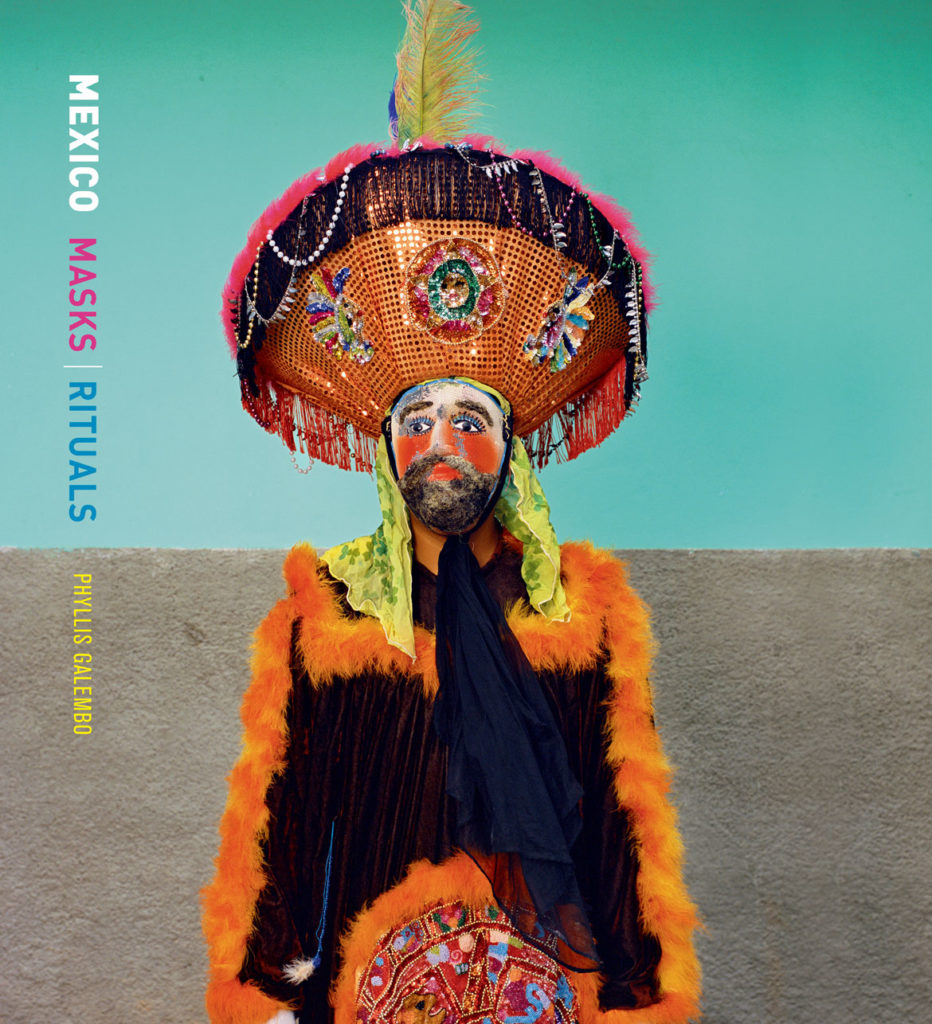
“Mexico Masks | Rituals” collects photos from the past decade. Galembo was looking for places to visit closer to home, closer than Africa, because her elderly mother was requiring more care. “I just kept going back to Mexico. I was just finding so many amazing things,” Galembo says. “The art of making pictures is a little more relaxed [in Mexico]. It’s more fun. People are very inviting. They’re full of humor.”
Galembo adds, “We could use a little more of that here—people coming together in different ways.”
Galembo photographed Virgin of Guadalupe festivals in Xiutetelco and Chignautia during December. The story of the Virgin of Guadalupe, who has come to symbolize Mexico, is traced back to Spanish colonial claims that the Virgin appeared at Tepeyae, a hill near Mexico City that is believed to be the home of the Aztec earth mother goddess. This assertion was part of the colonists’ efforts to subdue native peoples and convert them to Roman Catholicism by overwriting indigenous beliefs with Christian ones.
“The church got involved because they needed to communicate with the people,” Galembo says.
During the festival, dancers pilgrimage to church and other holy sites costumed as followers of the pre-Hispanic deity Quetzal, as the Spanish St. James on horseback, as the 16th century conquistador Cortez, and as evil followers of Pontius Pilate, the Roman official who condemned Jesus to execution in the Christian Easter story.
Many of the Mexican traditions she records are hybrids of European Catholic carnival and ritual and indigenous Mexican beliefs.
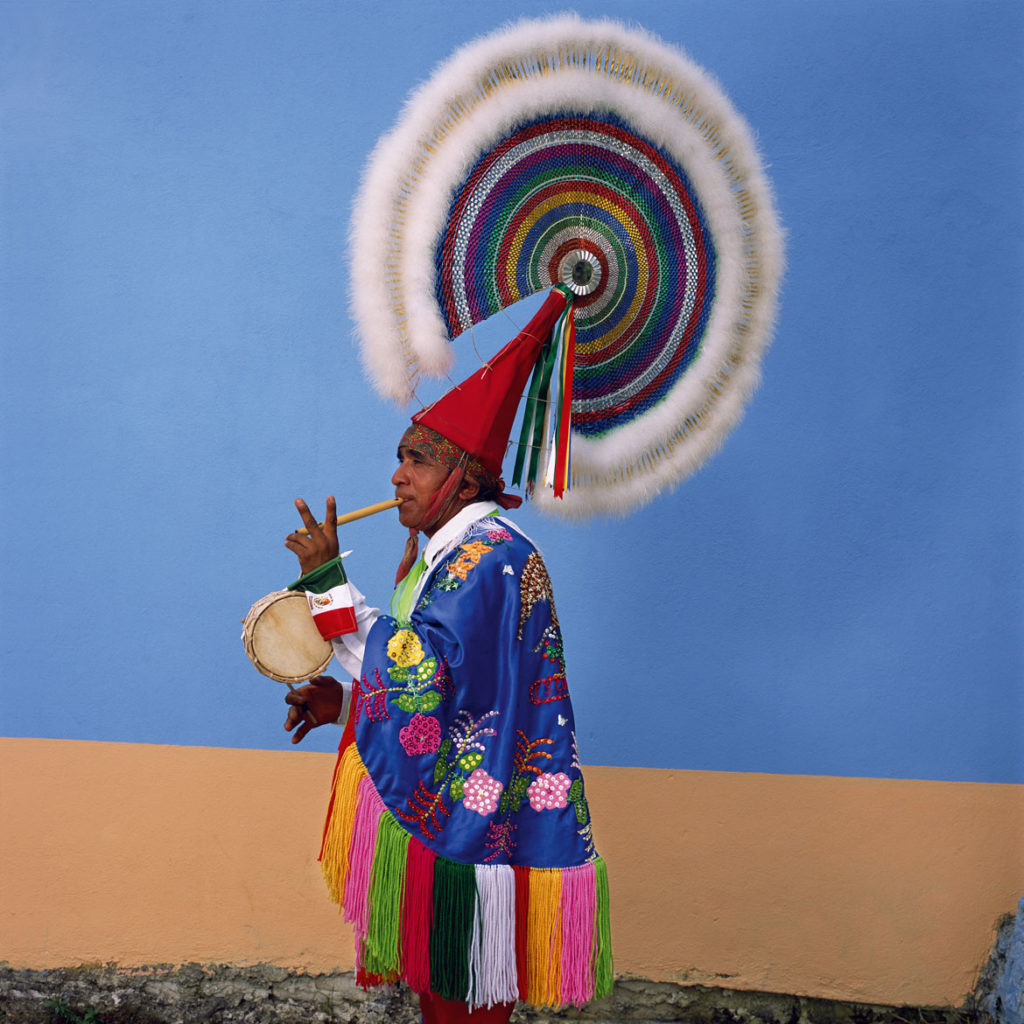
“I do prefer less populated places,” Galembo says. In more out of the way places, she finds it easier to set up her old Hasselblad slide film camera and sees less competition from other photographers.
She researches ceremonies and festivals in small cities and towns, scouring books and calendars of festivals, searching the internet. “I go someplace where there’s not a lot online about it.” Sometimes she might find a photo of an event from decades ago and “I wonder what that’s like now?”
Local assistants— like the anthropologist George Otis, who wrote the chapter introductions for the new book—help her find sites, help with translation, help arrange permissions.
“I find a spot someplace nearby” the action, she says. For a backdrop, she favors a colorful wall, usually outdoors, but sometimes inside a church, a rented room or garage. She says she brings one light, one umbrella. “I don’t bring any backdrops or anything.”
“We kind of show up and talk to people. We like to have a good time,” Galembo says. They partake of the food and festivities and introduce themselves. “Most of the time people are really receptive,” she says. “We just keep talking to people.”
She invites masqueraders to come pose for a minute. “I like people to know I’m taking their picture,” Galembo says.
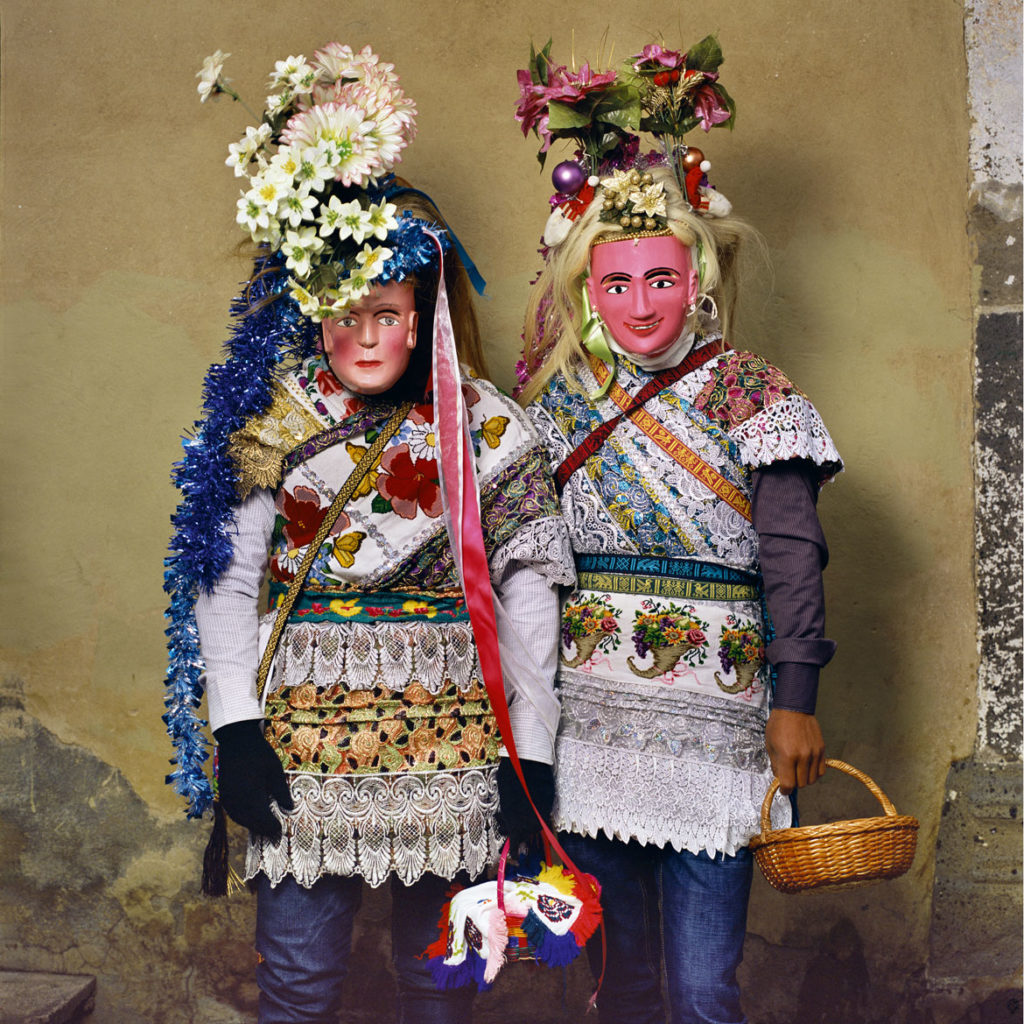
In towns in the state of Michoacán, Galembo photographed Los Reyes Magos (Kings Day, when wise men visited infant Jesus) in late December and early January. Evoking the Christian Nativity, dancers representing Wise Men, shepherds, mountain hermits (in overalls or conical hats) and comical viejitos (old ones) travel to see the newborn and his parents Joseph and Mary (wearing a mask, traditional blouse and dress, and a hat with faux flowers blooming from the top). But they’re opposed by devils wearing suits and horned masks.
The Semana Santa, or the Holy Week and Easter pageant, in Sierra Madre reenacts an ancient Mesoamerican account of battle between light and darkness. In this case, Judios (Jews) masked as ghouls, devils and fantastic animals battle the Christ-sun, the book reports.
In the Festival of Corpus Cristi (body of Christ) during late April and early May, Galembo took posed photographs of xita or huehues (old ones), dancers costumed in masks carved from maguey trunks with hair and long bears fashioned from plant fibers. They represent ancestors who sent summer rains for farming. The masqueraders pilgrimage to the San Miguel Arcangel church in Temascalcingo.
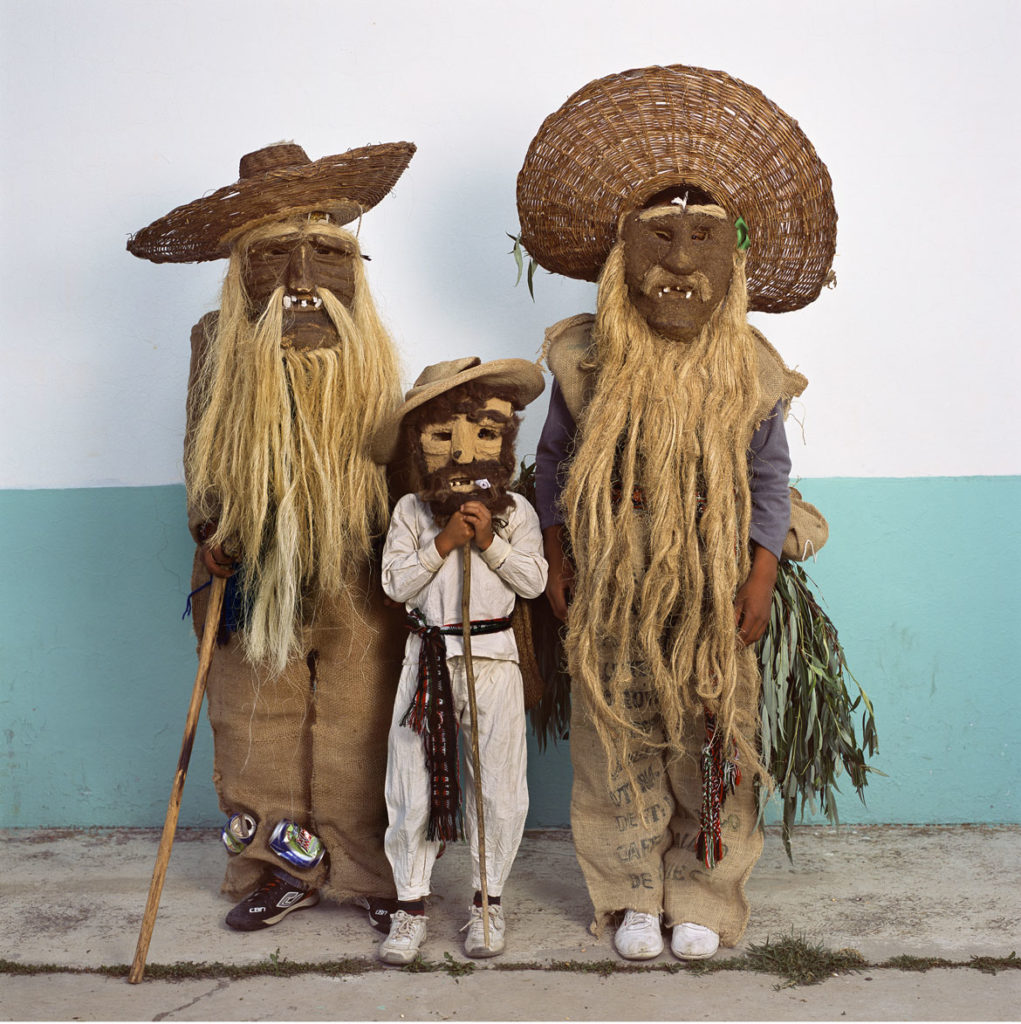
“Things have changed and they’re transforming,” Galembo says. It might be adding the use of rubber masks. “Sometimes costumes reflect what’s going on politically.” Also, “in Mexico, it’s mainly the men who have been doing the masquerading, but now women are starting to get into that.”
In the state of Zecatecas, Galembo photographed the July festival of Santiago (St. James) commemorating the Mixton War, an indigenous resistance against Spanish colonists in the 1540s. Participants wear wooden masks with cow-tail wigs and brandish wooden swords.
At Puebla de Navojoa and Vicam, Easter week celebrations feature los Fariseos (Pharisees), a demonic mob led by a Pontius Pilot and honoring Judas. They clash with defenders of the church, who throw flowers at them, and then burn the Fariseos masks and an effigy of Judas.
“I’m amazed at how many different things I keep finding,” Galembo says. “There’s still so much variety within those themes.”
If this is the kind of coverage of arts, cultures and activisms you appreciate, please support Wonderland by contributing to Wonderland on Patreon. And sign up for our free, weekly newsletter so that you don’t miss any of our reporting.
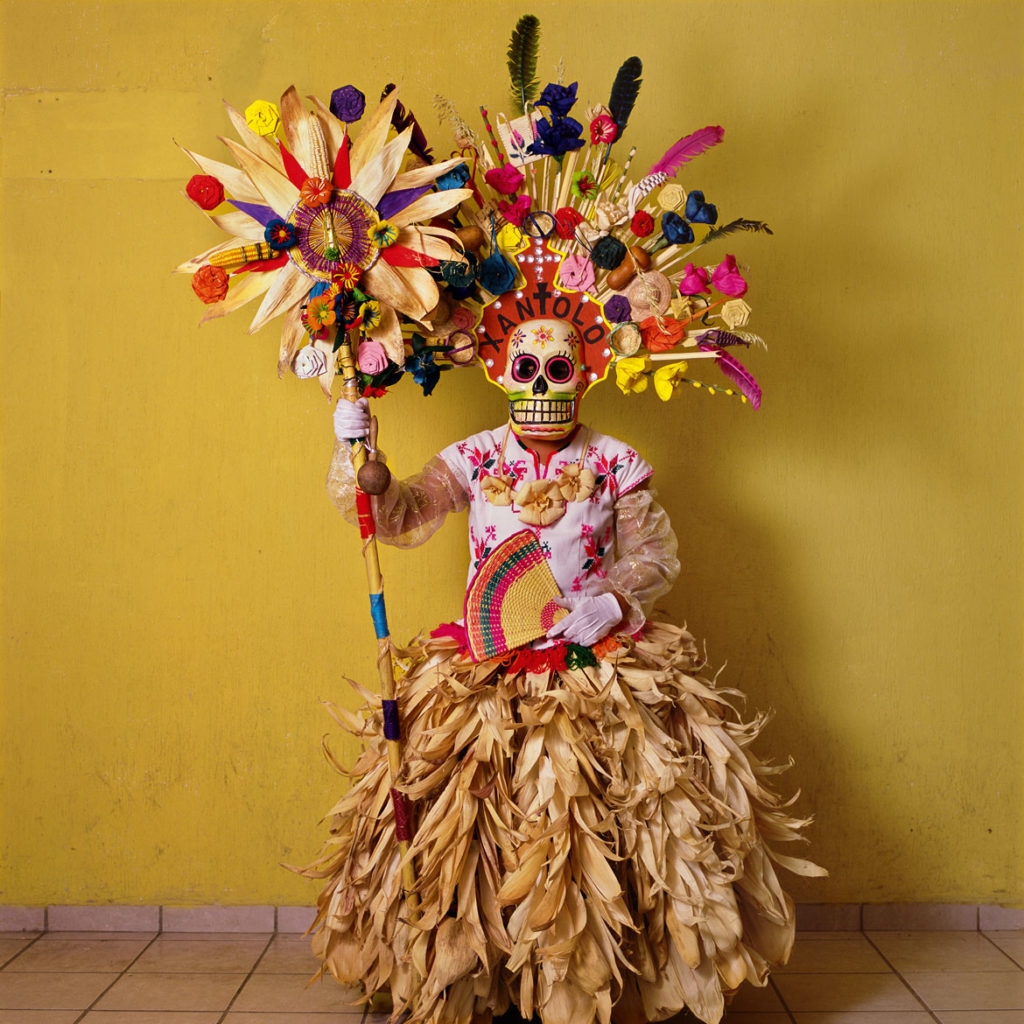




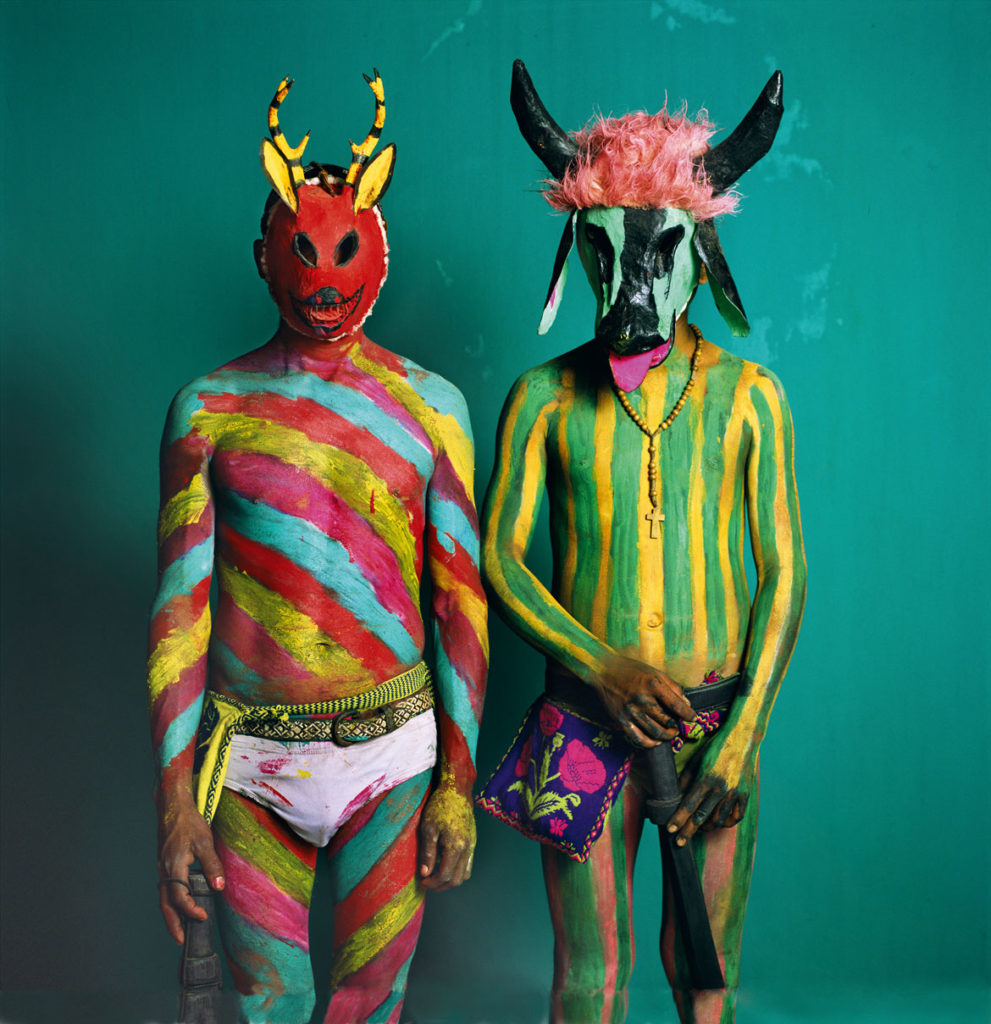
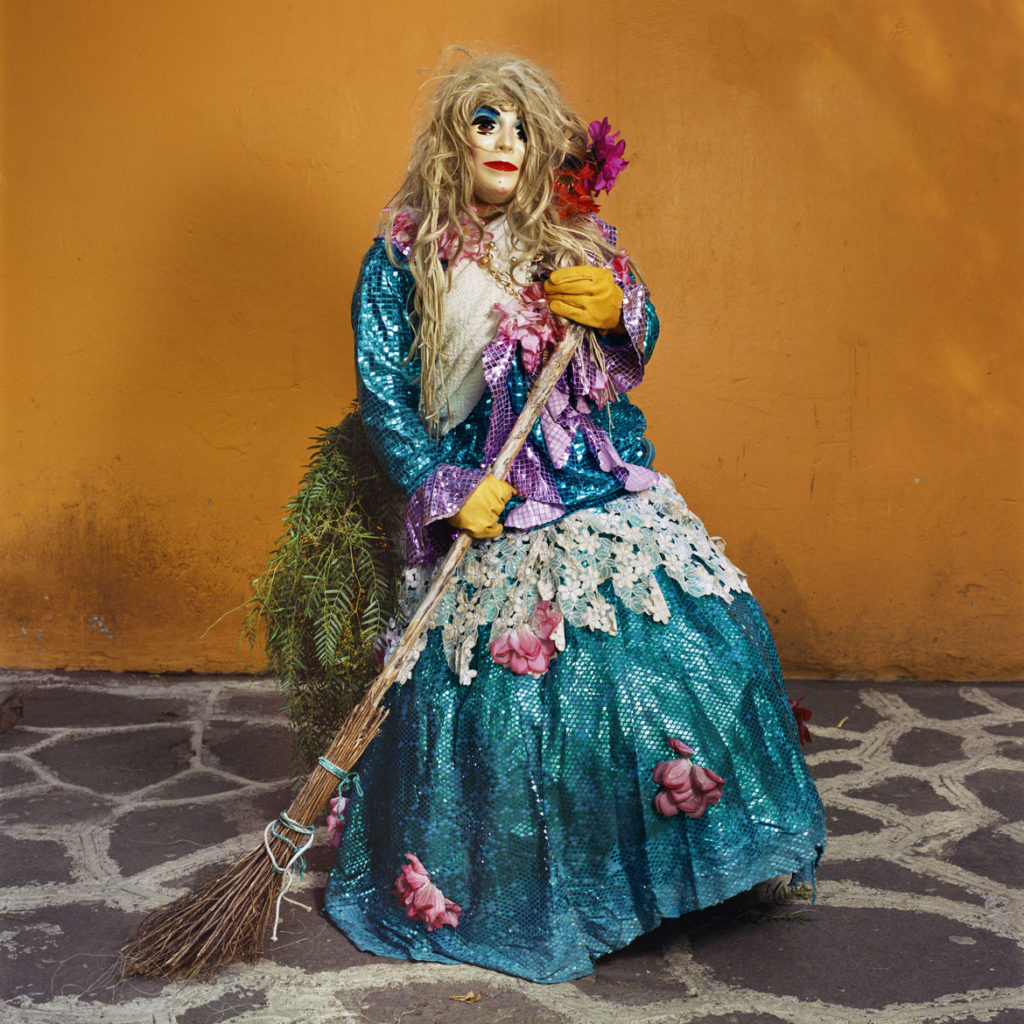
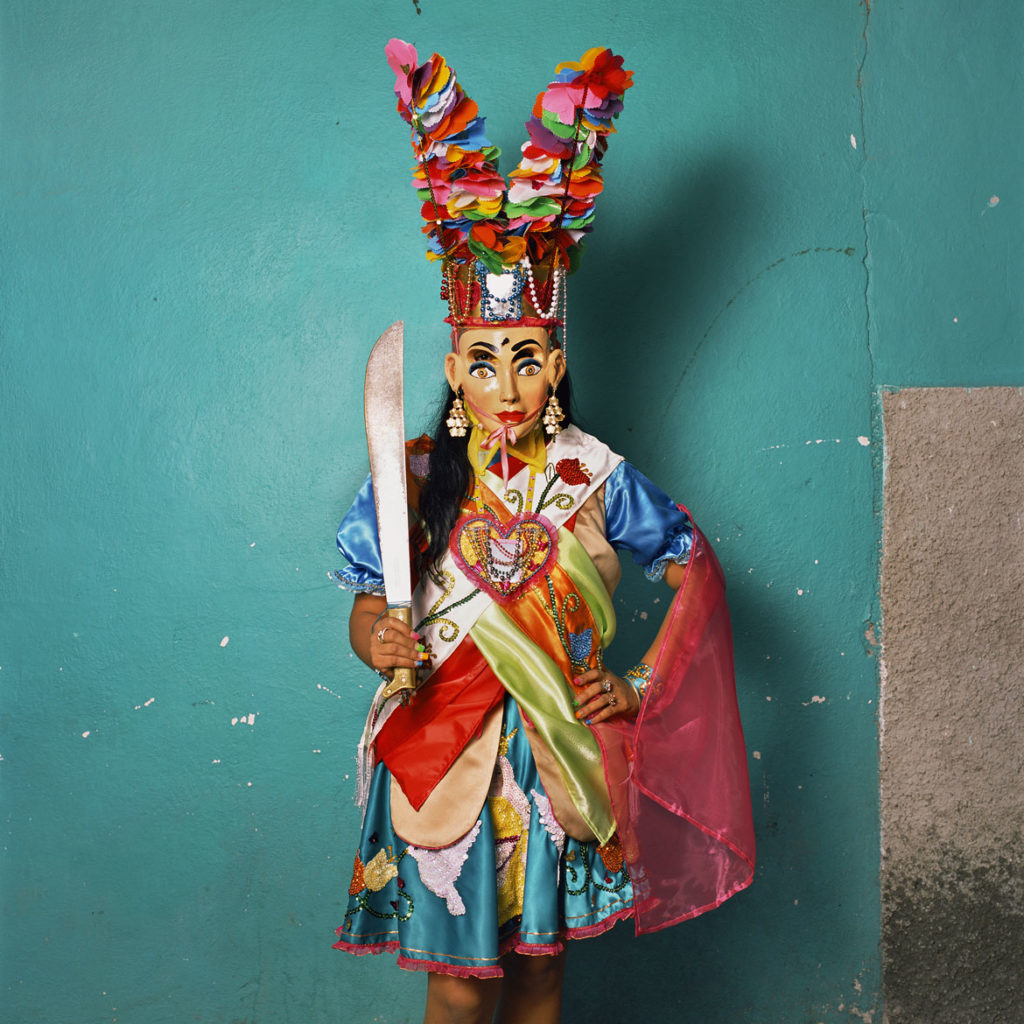
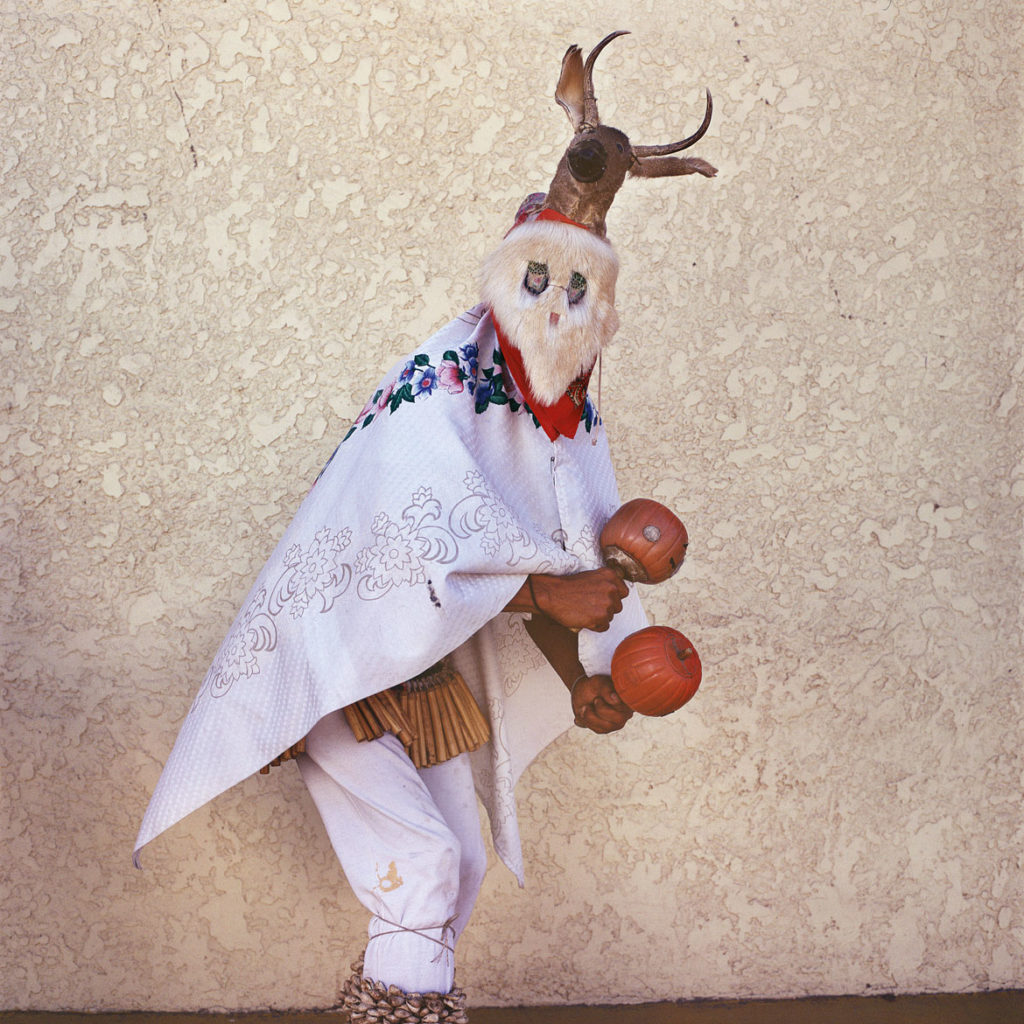
If this is the kind of coverage of arts, cultures and activisms you appreciate, please support Wonderland by contributing to Wonderland on Patreon. And sign up for our free, weekly newsletter so that you don’t miss any of our reporting.
